Tiles add beauty to any floor. They are moisture-resistant and also provide a magnificent look to any of the room in the house, whether it is for floors or walls.
If you are planning to install tiles for your house, then this guide will help you to have an idea of what to implement and whatnot.
Procedure for Laying Floor Tiles
Surface Preparation
Before laying tiles, prepare your floor by removing any adhesives, mortar, etc. Level the surface to flat by filling any low spots and cracks in a concrete floor with concrete patching compound.

Make sure that the floor is clean, dry and levelled evenly.
Layout the Pattern
The tiles should be laid out in the best way to create aesthetic appeal with shapely cutting.

Begin by measuring each length of the wall, and also consider diagonals of the room. Take chalk and note down lines on the floor parallel to the walls that help to place tiles in order.
Prepare the adhesives for your Tiles
Adhesives or thin-set mortars are used as bonding agents to attach the tile to the background concrete floors.
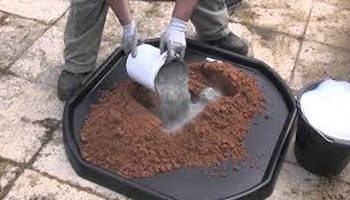
Mix up the adhesives with sufficient water, not too less and not too many, thick like a toothpaste to avoid short working life.
Lay the Tiles
Before applying adhesive if you want your floor to look more flawless, then lay out some tiles and see how the polished floor is going to look like.
Now, spread the mortar with a notched trowel evenly on the surface depending on the size of the tile. Place the first tile on the adhesive or mortar and press it gently.
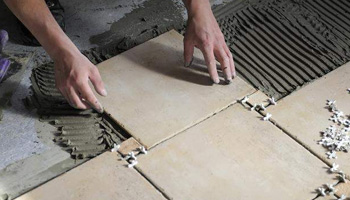
Position the next tile by aligning the edges and corners using plastic spacers to place the joints uniformly.
Cutting Tiles
Once full tiles are laid leaving corners, the next step is to fill the gap between the laid tile and the wall.
A scoring cutter or a wet saw equipped with a diamond tripped blade can be used to make both partial and straight cuts on a tile.

Place the tile on the cutter and run the blade, break it by pressing it down and lay it on the adhesive. Repeat this process to fill the entire gap between the laid tiles and walls.
Applying Grout
Grout fills the gap between the tiles. Ensure that joints are free from dust and debris before filling. After the mortar has set and tiles are laid, the joints are filled with grout.
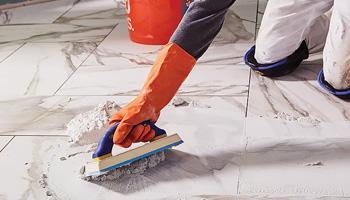
Apply the grout with a rubber float and allow it to set up for a few minutes.
Wipe-out any excess adhesive to make them level using sponge and bucket of water, sponge out frequently to keep it clean.
Sealing Grout
After the grout has settled for some time, use applicator bottle or foam brush to apply the sealants. Wipe off the extra sealer within 10 minutes.
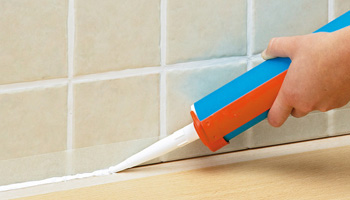
Precautions while Laying Tiles
One misplaced tile can take away the look of your floor. So, you should be careful and take whatever precautions needed while installing the tiles.
- Installing tiles too close can cause popping up of tiles. Recommended space should maintain between tiles.
- Prepare the cement sullury in 1-litre water proportion to 1.5 kg cement.
- The proportion of mortar mix to cement and sand should be 1:4.
- Mortar mix cannot be used immediately and should be allowed to stand for 10-15 minutes after mixing.
- Use wooden hammer instead of the metal hammer for tapping the tiles to avoid breakage.
- If it is wall tiles, then soak them for at least one hour before using.
- For wall tiles, make cement paste using 10% fine sand.
- Don't step on the tiles till thin-set hardens that is for 24 hours.
- Don't use Hydrofluoric acid for cleaning the tiles.
- After installing tiles, put some water and weight on them to set the tiles.
Check Out: Types of Tiles and their Uses in Construction


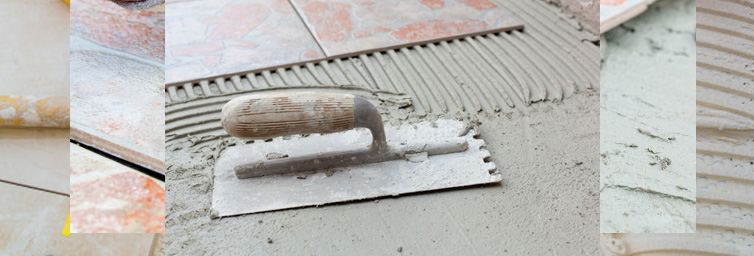


















MANOJ MAKHIJA
posted on Mar 23, 2021 6:55:25 PM